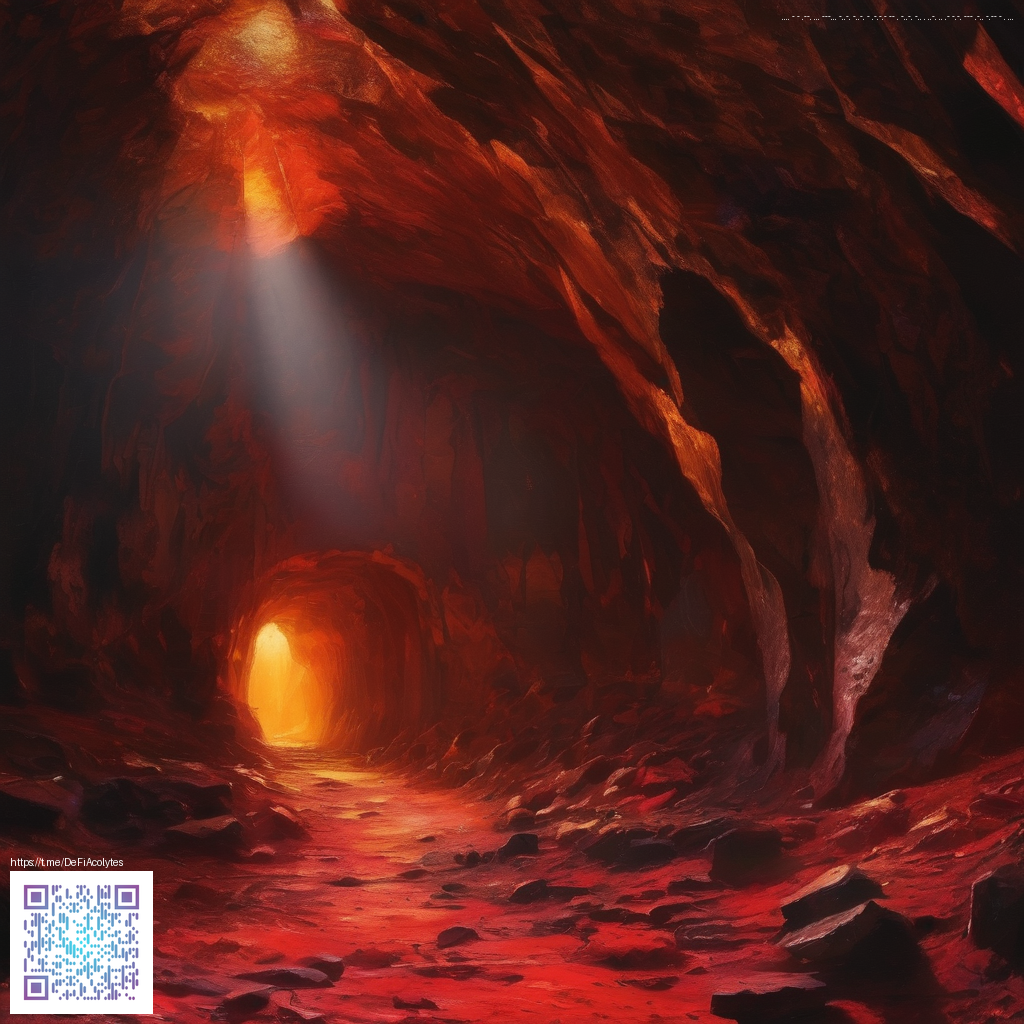
Data source: ESA Gaia DR3
The science behind Gaia’s magnitude system
In the Gaia era, brightness is not reduced to a single number. The mission’s magnitude system is built from three photometric bands—G (the broad, optical band that captures most of a star’s visible light), BP (blue photometry), and RP (red photometry). Each star wears a trio of magnitudes that, together, narrate a color story and hint at temperature, composition, and the dust between us and the star. The differences between these bands become especially telling when dust veils the sky, as dust tends to redden starlight by scattering blue photons more efficiently than red photons.
Consider Gaia DR3 4090298845846887424, a star nestled in the Milky Way’s Sagittarius region. This object belongs to the tapestry of hot, luminous stars that help illuminate our understanding of the Galaxy’s structure. Its coordinates place it in or near the Sagittarius sky, a region famous for dense stellar populations and a brush with the Galaxy’s bar and central regions. Its distance—about 2,764 parsecs, or roughly 9,000 light-years—lights the scale of our Milky Way and reminds us that what we see is a snapshot across cosmic time and space.
A vivid case study in color, temperature, and distance
- Brightness in Gaia’s G band: 14.56 magnitudes. In naked-eye terms, this star is far too faint to see without aid in dark skies. With a telescope or larger binoculars, it becomes accessible to observers who enjoy peering into the Sagittarius curtain.
- Color and temperature: The star has a striking temperature listed at about 37,412 K, which would give a blue-white glow in an unobscured image. That high temperature places it among the blue-white end of the spectrum, typically associated with hot, massive stars or evolved hot stars with compact envelopes. However, the Gaia color indices suggest a different tale when dust is present along the line of sight: the BP magnitude is 16.29 and the RP magnitude is 13.32, yielding a BP−RP color index of roughly +2.97. That sizeable positive value signals a reddened color in Gaia’s observed light, illustrating how interstellar dust can bias our colors even as the intrinsic temperature points to a blue hue.
- Size and energy: Radius is about 6.1 solar radii. Paired with the hot surface, this star radiates an impressive amount of energy, placing it among the luminous giants or bright main-sequence–to–subgiant boundary objects in Gaia’s catalog. The combination of large radius and high temperature underscores how a star’s energy output can far outshine its apparent brightness when viewed from far away.
What makes this example compelling is not just the numbers, but the dialogue they enable. The intrinsic energy distribution, encoded in temperature and radius, would, in a dust-free universe, present a blue-white face. Yet the observed color index tells a different story, one tinted by the Milky Way’s dusty veil toward Sagittarius. Gaia’s magnitude system therefore acts as a diagnostic tool: by comparing G, BP, and RP, astronomers separate a star’s true color (and hence temperature) from the color that dust imposes on our view. It’s a vivid reminder that measurements of brightness and color are never isolated; they are shaped by the journey of light across the Galaxy.
Placed in the sky, this Sagittarius region offers a practical classroom for understanding both distance and brightness. The star’s apparent magnitude, distance, and estimated temperature converge to illuminate the ongoing dance between light, matter, and geometry. The distance modulus—how bright a star appears versus how bright it truly is—can be influenced heavily by extinction. In other words, a star that would shine blue and bright in a dust-free cosmos may appear redder and fainter to us here on Earth. Gaia’s multi-band strategy helps astronomers peel back those layers, revealing the star’s real character while also mapping how dust threads through our Galaxy.
Beyond the science, the enrichment summary attached to this Gaia DR3 entry adds a touch of symbolic resonance: a turquoise birthstone and tin metal echo the sky’s cultural tapestry, reminding us that astronomy has always married observation with human wonder. The birthstone and metal imagery enrich the narrative of a star that lights up Sagittarius, while the science behind its magnitude tells the true story of light’s journey across the cosmos.
Looking outward and upward
For curious minds, the takeaway is simple: Gaia’s magnitude system is a tool for translating faint photons into a coherent picture of a star’s temperature, size, and distance. It also teaches humility—interstellar dust can mask a star’s true color, and only by reading all three Gaia bands can we begin to separate the star’s intrinsic nature from the path its light travels to reach us. This is the essence of modern stellar astronomy: a blend of precise measurements, careful interpretation, and a sense of awe at how even tiny photons carry stories across the galaxy.
So, next time you look up at Sagittarius on a clear night, remember that the light you see from distant stars is a two-way conversation—one that Gaia helped to decode. If you’d like to explore the cosmos further in your daily life, consider a practical companion that merges style with everyday utility, bringing a touch of cosmic inspiration into your pocket.
This star, though unnamed in human records, is one among billions charted by ESA’s Gaia mission. Each article in this collection brings visibility to the silent majority of our galaxy — stars known only by their light.